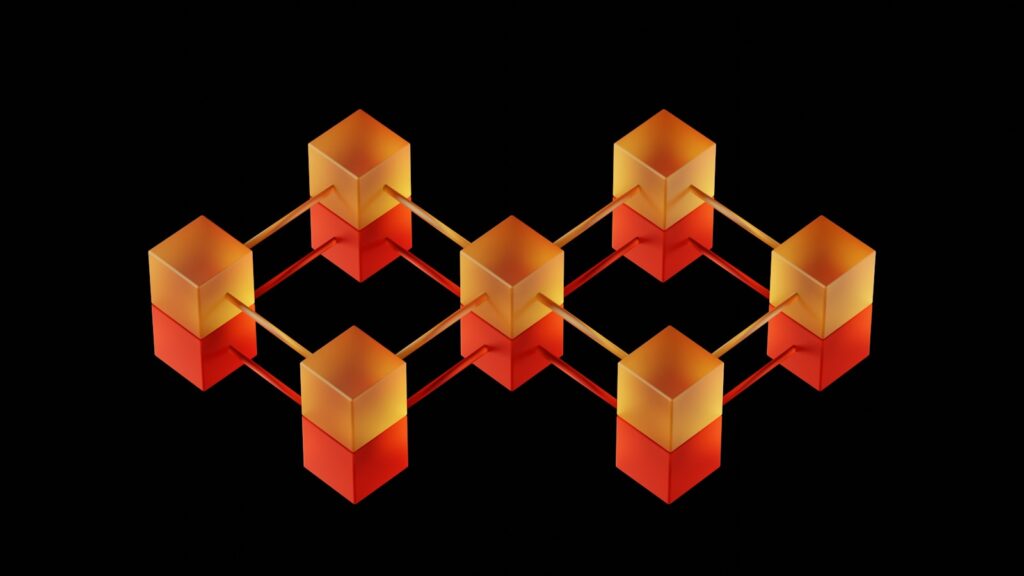Main Points:
- Japan’s three major banks are supporting a new stablecoin project to address inefficiencies in international trade.
- Datachain, a blockchain startup, launched Project Pax to facilitate cross-border business settlements using stablecoins.
- The project targets the $182 trillion cross-border payments market, aiming to reduce costs and improve speed and transparency.
- The platform leverages existing Swift API frameworks to integrate blockchain technology with traditional banking systems.
- Despite the growing interest in stablecoins, their real-world applications remain limited.
- Project Pax seeks to bridge traditional finance with Web3 technology, enhancing global financial access.
Introduction to the Project
Japan’s three largest banks—Mitsubishi UFJ Bank, Sumitomo Mitsui Bank, and Mizuho Bank—have announced their support for a new stablecoin project designed to tackle inefficiencies in global trade payments. This initiative, called Project Pax, was launched by the blockchain startup Datachain, along with Progmat and TOKI, and aims to provide a faster, cost-effective method for cross-border transactions. By using stablecoins, the project seeks to streamline international settlements, reducing friction and delays common in traditional banking systems.
The G20 has previously identified several inefficiencies in the global payments system, such as slow transaction speeds and high costs, especially in the $182 trillion cross-border payments market. Project Pax aims to address these problems while ensuring compliance with financial regulations.
Utilizing Stablecoins for International Settlements
The core technology behind Project Pax is the use of stablecoins, which are digital currencies pegged to a fiat currency, such as the US dollar. This ensures that their value remains stable, providing businesses with a reliable medium for international payments.
Datachain and Progmat plan to leverage stablecoins to offer 24/7 cross-border transfers at a fraction of the cost of traditional banking systems. The platform utilizes Swift’s existing API framework to allow banks to settle transactions on the blockchain. This integration enables financial institutions to benefit from blockchain’s transparency and security without the need for significant infrastructure investment.
Overcoming the Limited Real-World Use of Stablecoins
Stablecoins have seen a surge in popularity, with a market capitalization exceeding $160 billion. However, their use in real-world transactions has been limited, largely due to regulatory concerns and technological challenges.
Project Pax hopes to change this by offering a seamless experience that mirrors traditional payment methods. The platform’s focus is on incorporating stablecoins into the international business payment process, helping businesses adopt blockchain technology without the need for significant changes to their operations. By doing so, Project Pax aims to overcome the limited use of stablecoins in corporate environments and unlock their full potential in global commerce.
Providing New Infrastructure Options for Banks
One of the key advantages of Project Pax is its ability to offer banks new options for serving their corporate clients without requiring them to build new infrastructure from scratch. By using stablecoins for international transfers, financial institutions can provide a cost-effective and fast solution to their clients.
To test the effectiveness of this approach, Project Pax is conducting a series of pilot tests. These tests will evaluate the quantitative impact of using stablecoins for cross-border payments and explore how blockchain technology can be integrated with existing financial systems. The goal is to create a bridge between traditional finance and Web3 technologies, fostering sustainable growth and improving access to global financial services.
The Significance of “Project Pax”
The name “Pax” is derived from the Latin word for peace, reflecting the project’s goal of promoting financial inclusion and addressing economic disparities. By providing a more accessible and efficient means of conducting cross-border transactions, Project Pax aims to contribute to global financial stability and help bridge the gap between developed and developing economies.
The project represents a significant step toward integrating blockchain technology with traditional finance, offering banks and businesses a practical solution for cross-border payments. By reducing the cost and complexity of international settlements, Project Pax could pave the way for broader adoption of blockchain in the financial industry.

Project Pax, backed by Japan’s largest banks, represents a bold initiative to address the inefficiencies in the global payments system. By leveraging stablecoins and blockchain technology, the project aims to create a seamless, cost-effective method for cross-border payments. The platform’s integration with existing banking systems ensures that financial institutions can adopt the technology without significant investment, while the project’s focus on compliance ensures that it meets the highest regulatory standards.
As the world moves toward more decentralized financial systems, initiatives like Project Pax have the potential to bridge the gap between traditional banking and blockchain, providing businesses with new opportunities for growth and innovation in the global marketplace.


